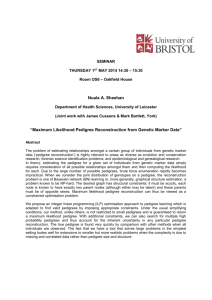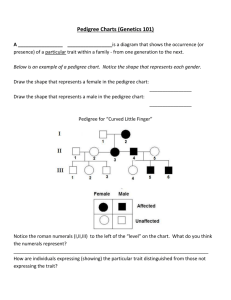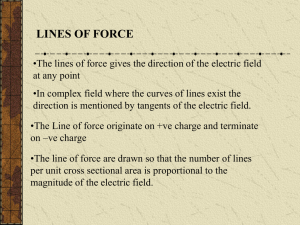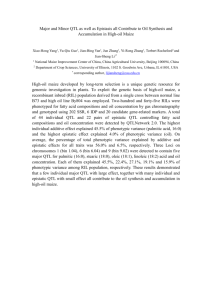Fast power calculation for QTL linkage analysis in arbitrary pedigrees
advertisement
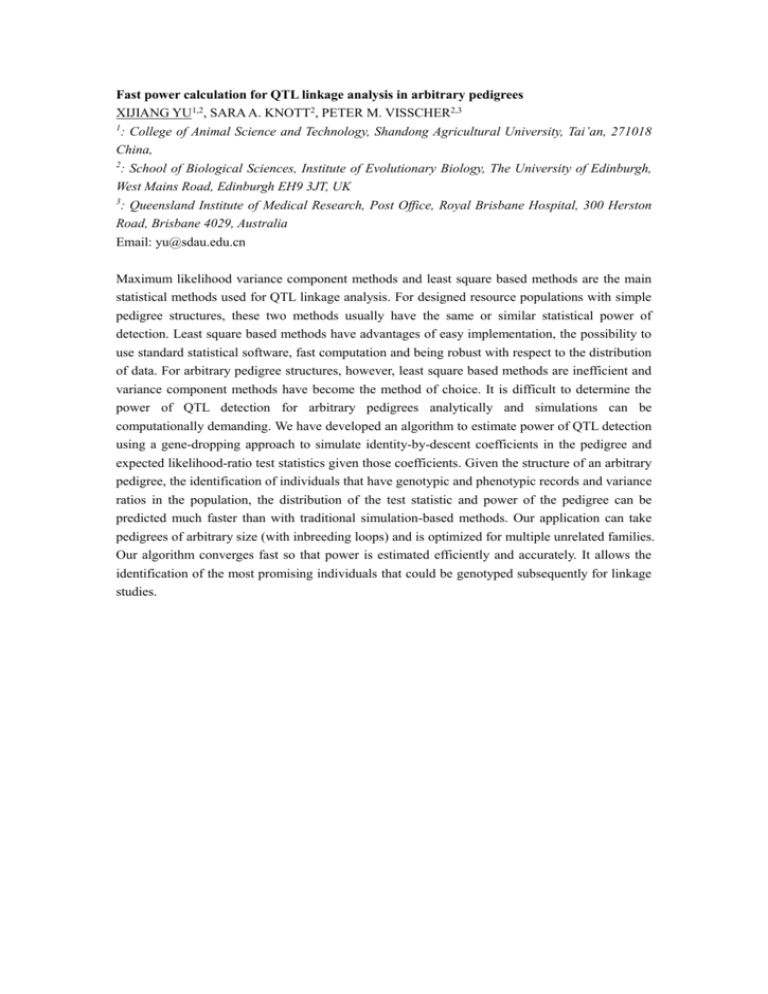
Fast power calculation for QTL linkage analysis in arbitrary pedigrees XIJIANG YU1,2, SARA A. KNOTT2, PETER M. VISSCHER2,3 1 : College of Animal Science and Technology, Shandong Agricultural University, Tai’an, 271018 China, 2 : School of Biological Sciences, Institute of Evolutionary Biology, The University of Edinburgh, West Mains Road, Edinburgh EH9 3JT, UK 3 : Queensland Institute of Medical Research, Post Office, Royal Brisbane Hospital, 300 Herston Road, Brisbane 4029, Australia Email: yu@sdau.edu.cn Maximum likelihood variance component methods and least square based methods are the main statistical methods used for QTL linkage analysis. For designed resource populations with simple pedigree structures, these two methods usually have the same or similar statistical power of detection. Least square based methods have advantages of easy implementation, the possibility to use standard statistical software, fast computation and being robust with respect to the distribution of data. For arbitrary pedigree structures, however, least square based methods are inefficient and variance component methods have become the method of choice. It is difficult to determine the power of QTL detection for arbitrary pedigrees analytically and simulations can be computationally demanding. We have developed an algorithm to estimate power of QTL detection using a gene-dropping approach to simulate identity-by-descent coefficients in the pedigree and expected likelihood-ratio test statistics given those coefficients. Given the structure of an arbitrary pedigree, the identification of individuals that have genotypic and phenotypic records and variance ratios in the population, the distribution of the test statistic and power of the pedigree can be predicted much faster than with traditional simulation-based methods. Our application can take pedigrees of arbitrary size (with inbreeding loops) and is optimized for multiple unrelated families. Our algorithm converges fast so that power is estimated efficiently and accurately. It allows the identification of the most promising individuals that could be genotyped subsequently for linkage studies.




